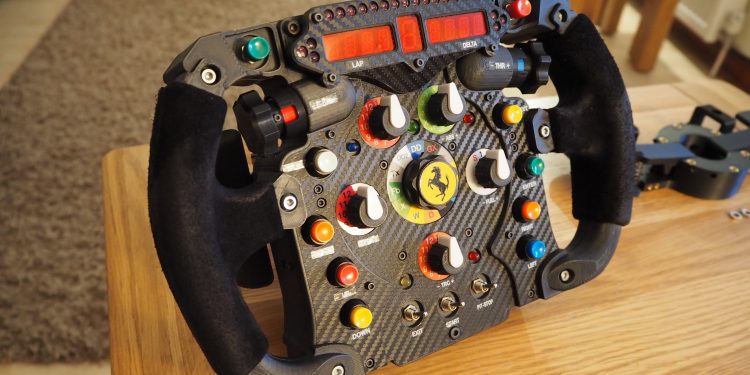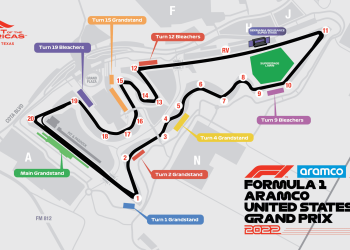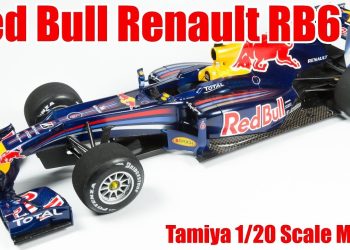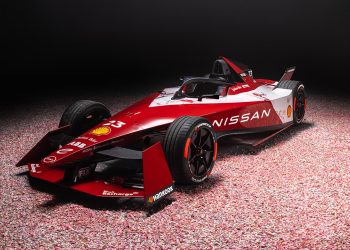Few marvels in motorsport captivate enthusiasts quite like the Formula One wheel. Its mere mention fires up images of sleek machines, roaring engines, and the intoxicating thrill of speed. The Formula One wheel isn’t just a tool for maneuvering; it’s a symbol of precision, innovation, and the passionate pursuit of greatness.
Breaking Down the Modern F1 Wheel
What makes the Formula One wheel such a masterpiece? At its core, this wheel is a complex integration of technology and art, bringing every command of the driver to life with incredible accuracy. Crafted from lightweight yet sturdy materials like carbon fiber, these wheels house a labyrinth of controls, including buttons, dials, and switches, that manage everything from the car’s acceleration to its radio communication.
Did You Know? The buttons and switches on an F1 wheel can easily number over 20, each with a specific function that drivers need to master. Talk about multitasking at 200 mph!
A Brief History of F1 Wheel Technology
The evolution of the Formula One wheel has been a journey through time, marked by creativity and technological leaps. From the simplistic steering wheels of the 1950s, devoid of any buttons, we’ve raced through decades of innovation leading to today’s sophisticated models. The inclusion of paddle shifters in the 1980s marked a turning point, allowing drivers to change gears without their hands leaving the wheel.
Components and Features: A Closer Look
Modern F1 wheels comprise several integral components, each playing a unique role in commanding the beastly cars. From the tiny rotary knobs for fuel management to the multifunction display providing crucial race stats, the wheel is a live dashboard in the driver’s hands.
The Science Behind Grip and Handling
It’s all about the grip. The handles of the wheel, often made of high-tech materials, are designed to offer maximum grip under extreme conditions. In a sport where milliseconds count, maintaining control while negotiating sharp corners or sudden changes in speed is non-negotiable.
Fact Check: Formula One drivers train extensively to develop the physical strength needed to navigate the forces exerted by steering at high speeds. The wheels they control are works not only of art but of science.
The Role of Feedback
While it might seem that visual cues dominate a driver’s awareness, feedback from the wheel provides intangible, yet vital data. The smallest vibration through the wheel alerts drivers to the tiniest changes in road surface, tire pressure, and mechanical integrity.
Customizing the Experience
Teams often customize each wheel to suit their driver’s preferences, tweaking the size, button layout, and even color coding to optimize performance and comfort. This personalization ensures that drivers can perform instinctively, without hesitation.
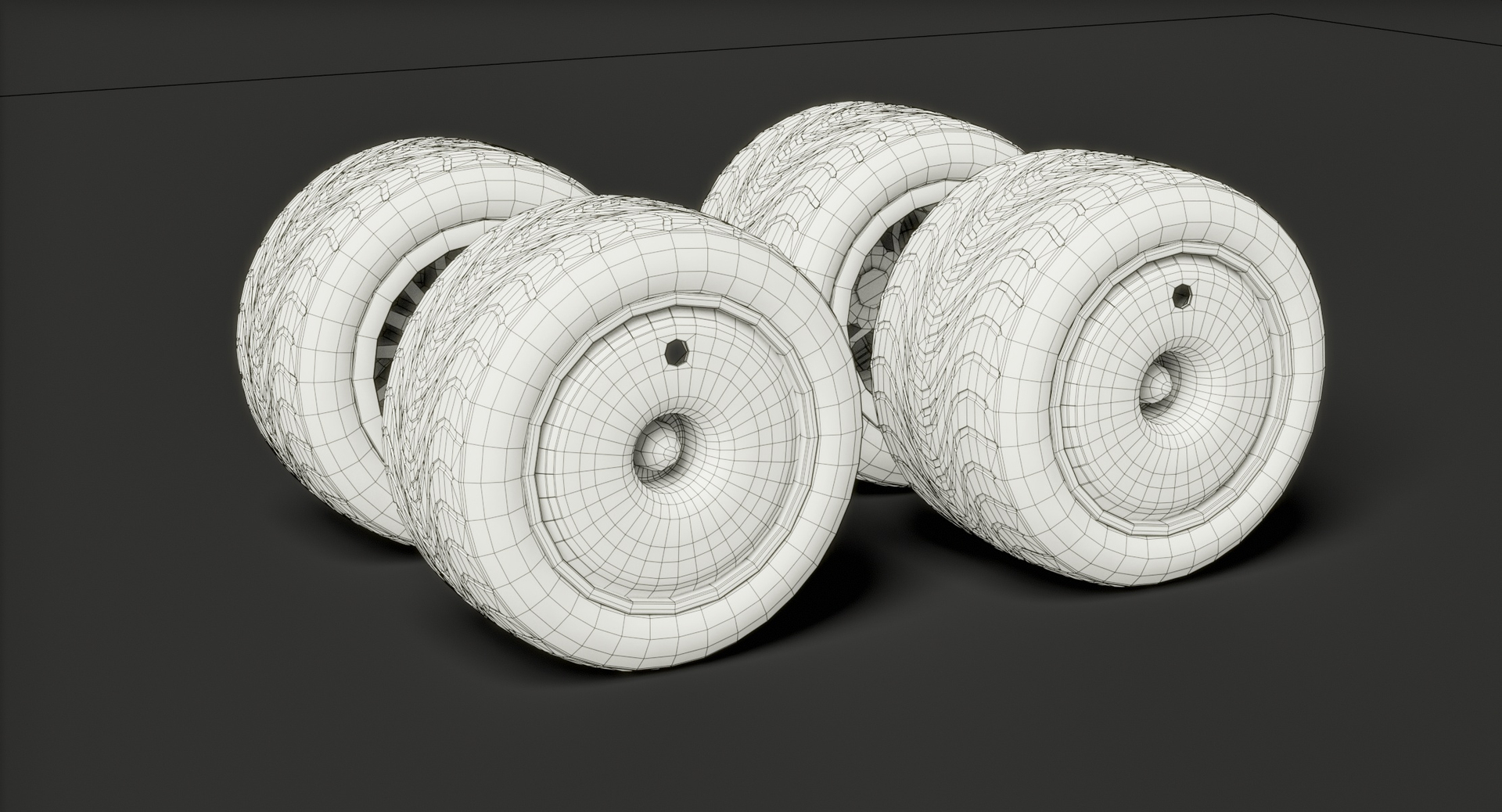
Challenges and Immediate Adaptability
Consider for a moment the level of adaptability required. F1 drivers often need to revise their strategies mid-race, responding to sudden weather changes or unexpected technical issues. The wheel is their primary tool for making these split-second decisions.
Looking to the Future
As Formula One evolves, its wheels continue to undergo changes, hinting at an exciting future. Expectations include more advanced digital displays, customizable interfaces, and increased integration with AI technologies, promising to redefine the boundaries of human-machine interaction in racing.
Conclusion
Unraveling the complexities of the Formula One wheel opens our eyes to a world where technology, engineering, and human skill intersect. It’s not just about steering; it’s about controlling a miracle of modern engineering at incredible speeds. As fans and admirers, we are drawn into this symphony of speed and precision, appreciating the dedication that underscores every race.
FAQ
What is the cost of a Formula One wheel? A single F1 wheel can cost anywhere from $50,000 to $70,000, depending on its complexity and customization.
How often are F1 wheels replaced? Wheels are regularly replaced during the season, as teams constantly refine and upgrade their designs.
Are the wheels identical for all teams? No, each team designs their wheels according to their specific car engineering and driver preference.
Thank you for exploring this remarkable element of motorsport with me! If you’re interested in more fascinating insights into the world of racing, feel free to check out other articles on our website.
| Component | Description |
|---|---|
| Pedals | Controls acceleration and braking, intricately connected to the wheel’s performance. |
| Display | Shows vital data, including gear, speed, and engine modes. |
| Paddle Shifters | Used to change gears without removing hands from the wheel. |
Top Tips for Aspiring Drivers
- Get acquainted: Before hitting the track, spend time familiarizing yourself with every control.
- Practice makes perfect: Simulators can help you build muscle memory for managing the wheel under race conditions.
- Stay informed: Keep up with the latest technological developments to understand how they might enhance your driving experience.

